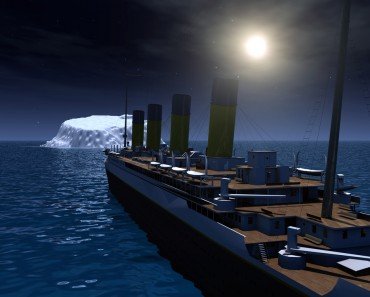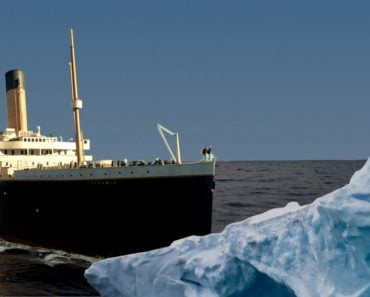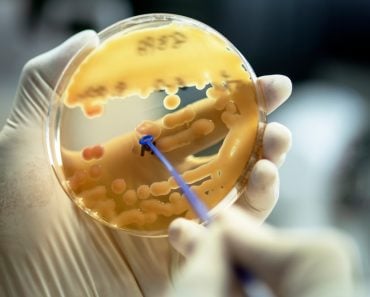Table of Contents (click to expand)
The wreck of the Titanic is disappearing because of a microorganism called Halomonas titanicae. This organism is a halophile, meaning that it thrives in high salt environments, and it feeds on iron. The microbe was discovered in 2010 and is responsible for the deterioration of the shipwreck. The wreck is estimated to completely disappear in 20-30 years.
In the wee hours of April 15th, 1912, the RMS Titanic, a British passenger liner, met an untimely fate on her maiden voyage. The news made headlines, and is, to date, one of the most talked about maritime disasters, although it is not the worst. The sinking of the German ship Wilhelm Gustloff is the worst tragedy, as it resulted in the death of over 9,000 people. That, however, is a story for another day.
The wreck of the Titanic was found in 1985, quite by accident. Researchers have now found that the shipwreck, over 100 years after its ill-fated sinking, is deteriorating rather quickly. In fact, it only has an estimated 20-30 years before it is completely gone
Recommended Video for you:
Why Is The Wreck Disappearing?
The massive wreck lies on the seabed at a depth of almost 4000 meters. With numerous sources reporting cave ins and other forms of damage to the wreck, most people now estimate that the wreck will be gone in about 15-20 years, 30 at most. The main cause behind this is the microorganism Halomonas titanicae. When wrecks reach the seabed, they are colonized by a large number of microbes. It usually starts with one or two species, which establishes a base for the further invasion of other species. This myriad of microbes form an oily layer over the wreck called a biofilm. This actually slows down the corrosion and damage caused by the water and chemicals, as it reduces the direct contact between the surface of the wreck and the water. However, in the case of the Titanic, H. titanicae seems to have a particular liking for iron. This organism is slowly eating away the iron that forms the wreck, thus leading to the deterioration of the ship.
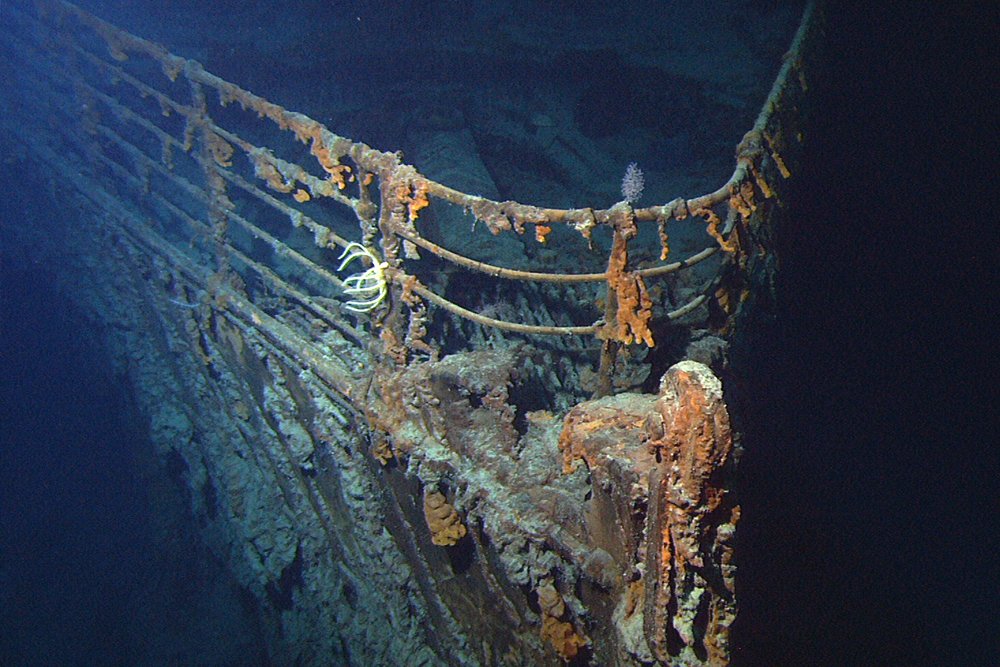
Halomonas titanicae
These are gram-negative bacillus that were discovered in 2010. The strain was isolated from rusticles obtained from the wreck of the Titanic, which explains the name. These microbes are halophiles, meaning that they like environments with high salt concentration, and metal is their main source of energy. They have a strong preference for iron, and they derive their energy from iron rust, which is the main reason for their effect on the Titanic. The microbe is motile, due to the presence of a flagella. They are usually colorless or have a yellowish tint. H. titanicae are non-endospore-forming microbes and are also known as “steel-munching bacteria”.
The depths of the ocean usually make it hard for most microbes to survive, due to the high salt concentrations. However, H. titanicae have their own mechanism to work through that. These microbes pose a threat not just to the wreck of the Titanic, but also to other metallic structures in the oceans, such as oil rigs or pillars. Due to their harsh favorable conditions, it’s not that easy to culture and study them in the lab. However, studying them will shed some light on how the damage they cause can be minimized. While it may not be possible to prevent the Titanic’s eventual disappearance, it can be used to protect other structures.
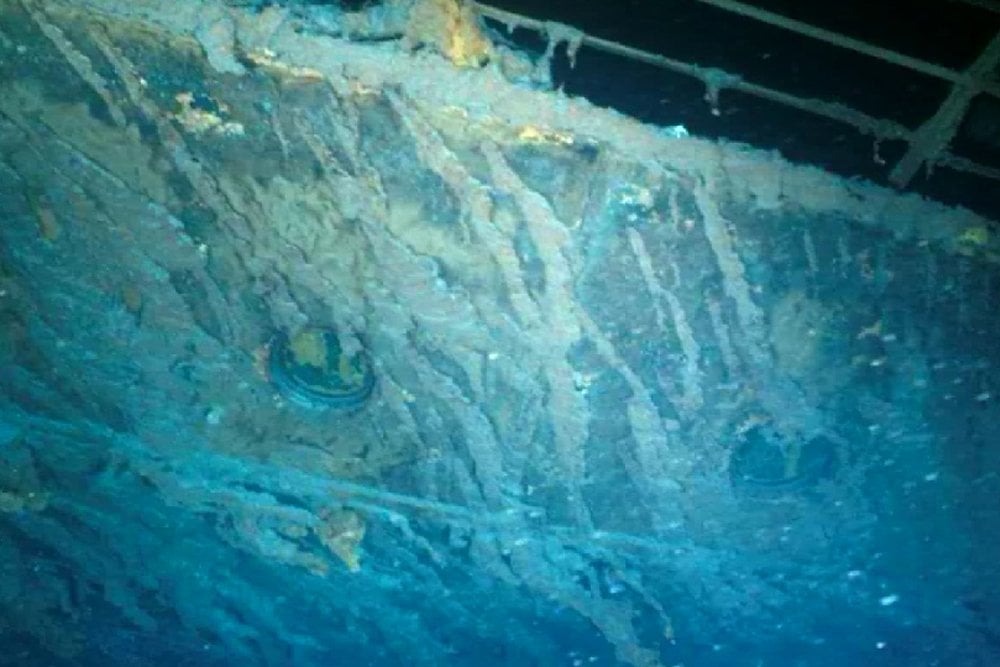
However, these microbes aren’t always the bad guys. They could be used to recycle metal from other wrecks and structures, when required, if we manage to harness their metal-corroding property. Preservation of the wreck of the Titanic would be incredibly expensive, and may be impossible. However, it will continue to live on in the minds of countless people even after the ruins are no longer there.

